5 Best Art Therapy Techniques for Veterans
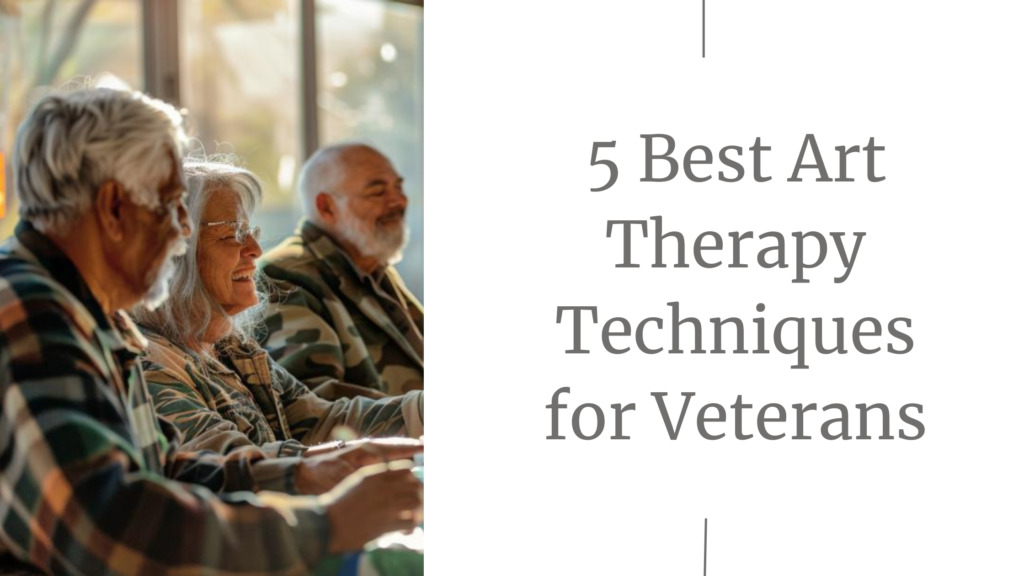
Introduction to Art Therapy Techniques for Veterans
Are you a veteran looking for effective ways to cope with stress, anxiety, or trauma? Art therapy has been proven to be a powerful tool in helping veterans heal and find inner peace. At Scholistico, we offer an online Art Therapy Practitioner Certification that can equip you with the skills and knowledge to use art therapy techniques for yourself or to help others.
In this article, we’ll explore the 5 best art therapy techniques for veterans and how they can benefit you on your journey to healing and self-discovery.
The Power of Art Therapy for Veterans
Art therapy has been increasingly recognized as an effective treatment for veterans struggling with mental health issues, such as post-traumatic stress disorder (PTSD), depression, and anxiety. By engaging in creative activities, veterans can:
- Express emotions and experiences that may be difficult to put into words
- Develop coping skills and stress-management techniques
- Enhance self-awareness and promote personal growth
- Foster a sense of community and connection with others
Top 5 Art Therapy Techniques for Veterans
1. Mandala Drawing
Mandala drawing is a meditative art therapy technique that involves creating circular designs with intricate patterns. This practice can help veterans focus their attention, reduce stress, and promote relaxation.
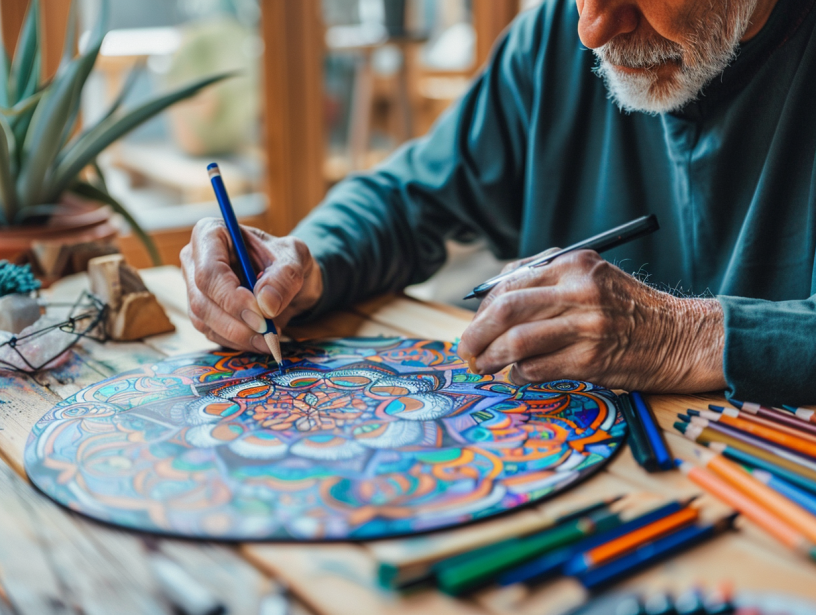
To get started with mandala drawing, you’ll need:
- A circular template or a compass to create a circle
- Coloring materials (e.g., markers, colored pencils, or paints)
- A quiet, comfortable space to work
Benefits of Mandala Drawing for Veterans
- Reduces anxiety and stress
- Promotes mindfulness and self-awareness
- Enhances creativity and self-expression
2. Collage Making
Collage making is another powerful art therapy technique that allows veterans to express their emotions and experiences through the combination of various images, textures, and words.
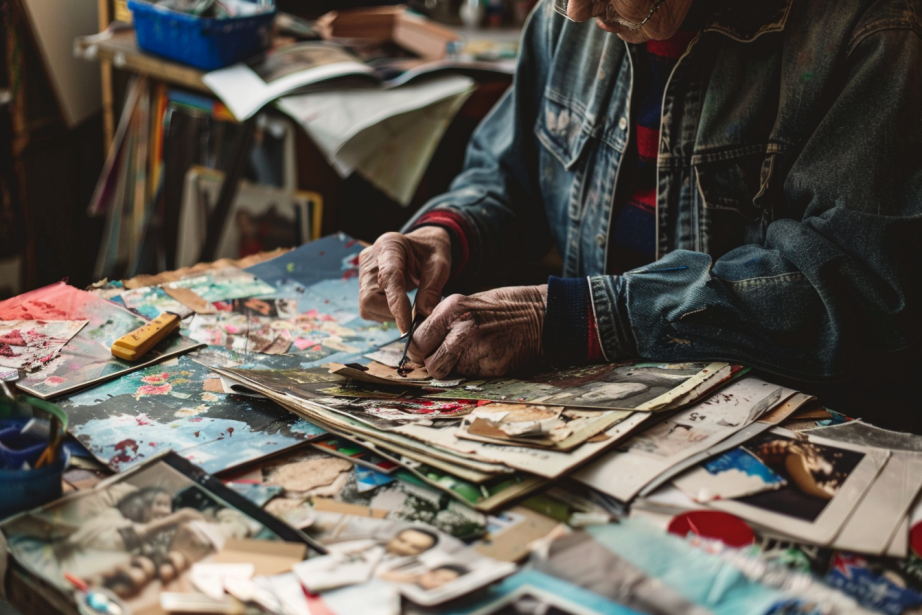
To create a collage, you’ll need:
- A variety of magazines, newspapers, or printed images
- Scissors
- Glue or tape
- A canvas or sturdy paper
Benefits of Collage Making for Veterans
- Helps process and express complex emotions
- Encourages self-reflection and introspection
- Promotes problem-solving and decision-making skills
3. Painting to Music
Painting to music is a dynamic art therapy technique that combines the power of visual art with the emotional impact of music. This practice can help veterans explore their feelings, release tension, and find a sense of flow and rhythm.
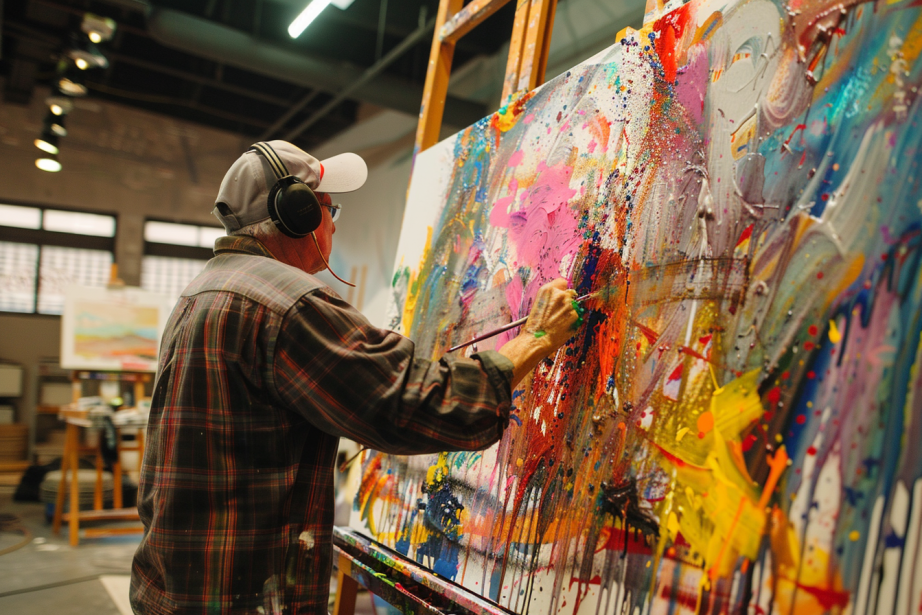
To try painting to music, you’ll need:
- Paints (e.g., acrylic, watercolor, or finger paints)
- Brushes or sponges
- Paper or canvas
- A music playlist that evokes various emotions
Benefits of Painting to Music for Veterans
- Encourages emotional expression and release
- Enhances sensory awareness and mindfulness
- Promotes relaxation and stress relief
4. Sculpture and Clay Work
Sculpture and clay work are tactile art therapy techniques that allow veterans to create three-dimensional forms and explore their sense of touch and spatial awareness.
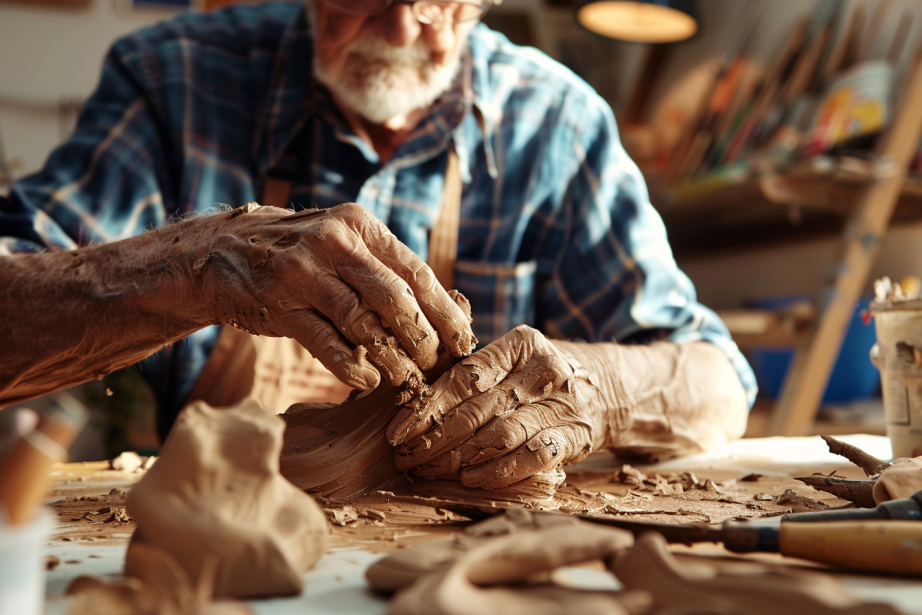
To engage in sculpture and clay work, you’ll need:
- Clay or modeling materials (e.g., polymer clay, air-dry clay, or play dough)
- Sculpting tools (e.g., knives, rollers, or texture mats)
- A clean, flat surface to work on
Benefits of Sculpture and Clay Work for Veterans
- Provides a sense of control and mastery
- Helps develop fine motor skills and hand-eye coordination
- Promotes self-expression and creativity
5. Guided Imagery Drawing
Guided imagery drawing is an art therapy technique that combines visualization and art-making to help veterans explore their inner world, process emotions, and find a sense of peace and clarity.
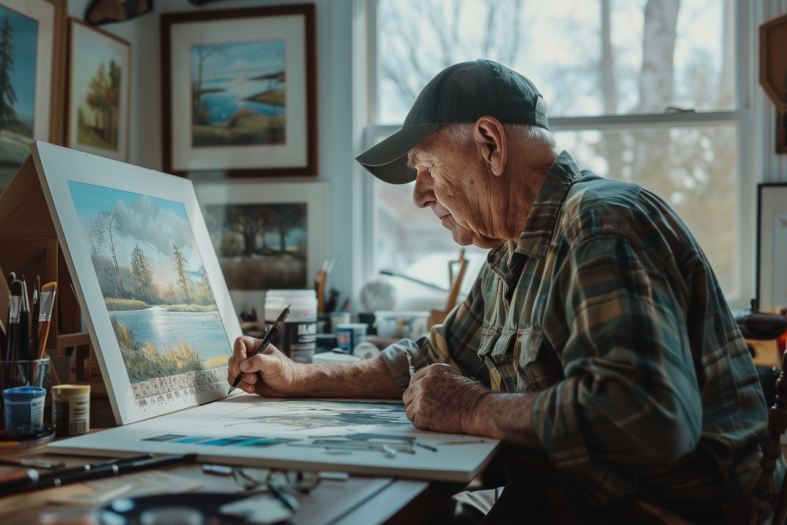
To practice guided imagery drawing, you’ll need:
- A quiet, comfortable space
- Drawing materials (e.g., pencils, markers, or pastels)
- Paper or a sketchbook
- A guided imagery script or recording
Benefits of Guided Imagery Drawing for Veterans
- Reduces stress and promotes relaxation
- Enhances self-awareness and emotional intelligence
- Encourages creative problem-solving and visualization skills
Art Therapy Resources for Veterans
At Scholistico, we offer a range of resources to help veterans explore the benefits of art therapy:
- Online Art Therapy Practitioner Certification: Our comprehensive training program equips you with the skills and knowledge to incorporate art therapy techniques into your work with veterans or to start your own practice.
- 50 Art Therapy Exercises for Children, Adults, and Seniors: This eBook provides a wide variety of art therapy exercises suitable for different age groups and needs, including veterans.
- Art Therapy Blog: Our blog features articles on various aspects of art therapy, including its applications for specific populations like veterans. Some relevant articles include:
Embrace the Healing Power of Art Therapy
As a veteran, you have faced unique challenges and experiences that can impact your mental health and well-being. Art therapy offers a creative, non-judgmental space to process emotions, develop coping skills, and find a sense of purpose and connection.
At Scholistico, we are committed to supporting veterans on their journey to healing and personal growth. Explore our online Art Therapy Practitioner Certification, eBook, and blog resources to learn more about how art therapy can benefit you or the veterans in your life.
Remember, healing is a journey, and art therapy can be a powerful companion along the way. Embrace your creativity, express your emotions, and discover the transformative power of art therapy today.

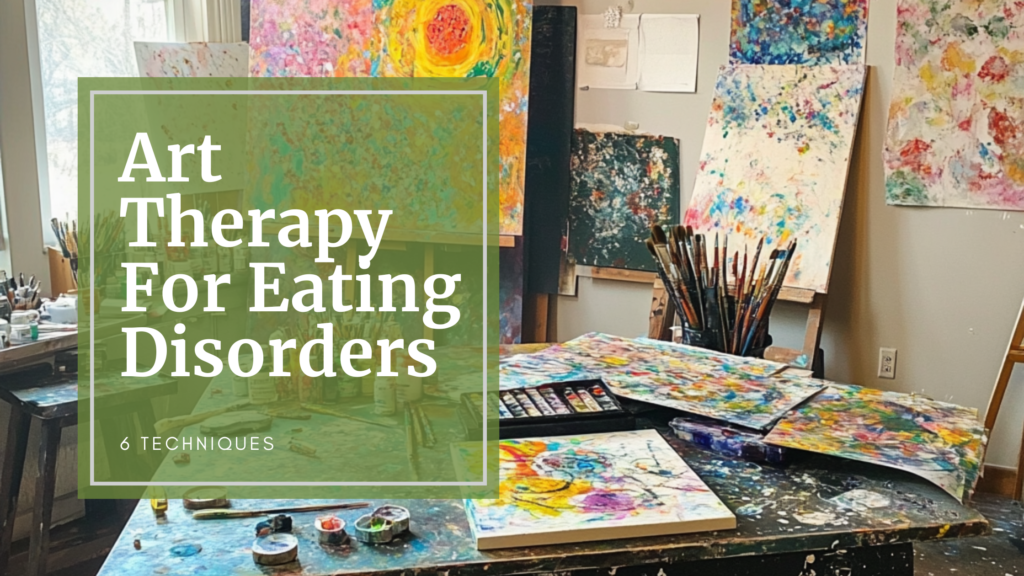


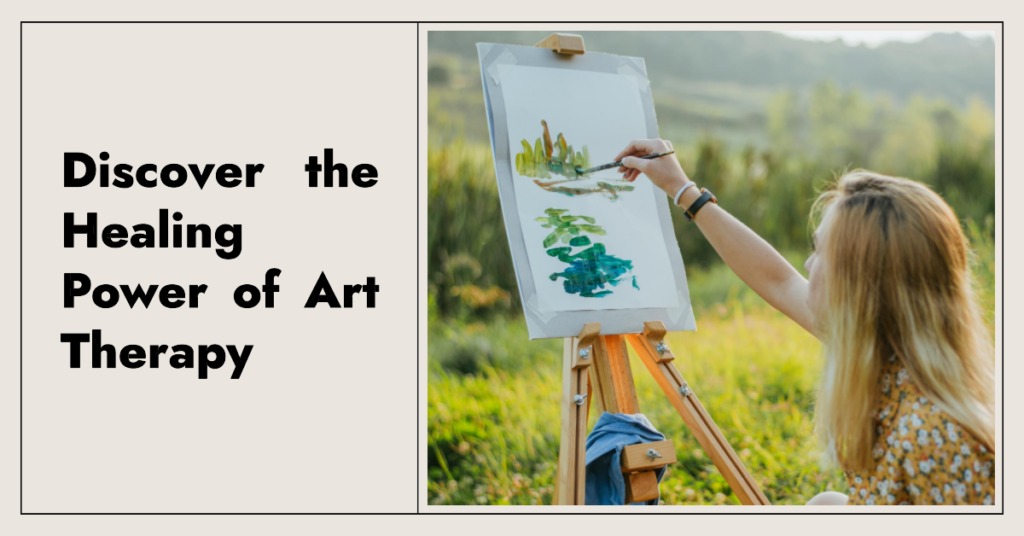



Responses